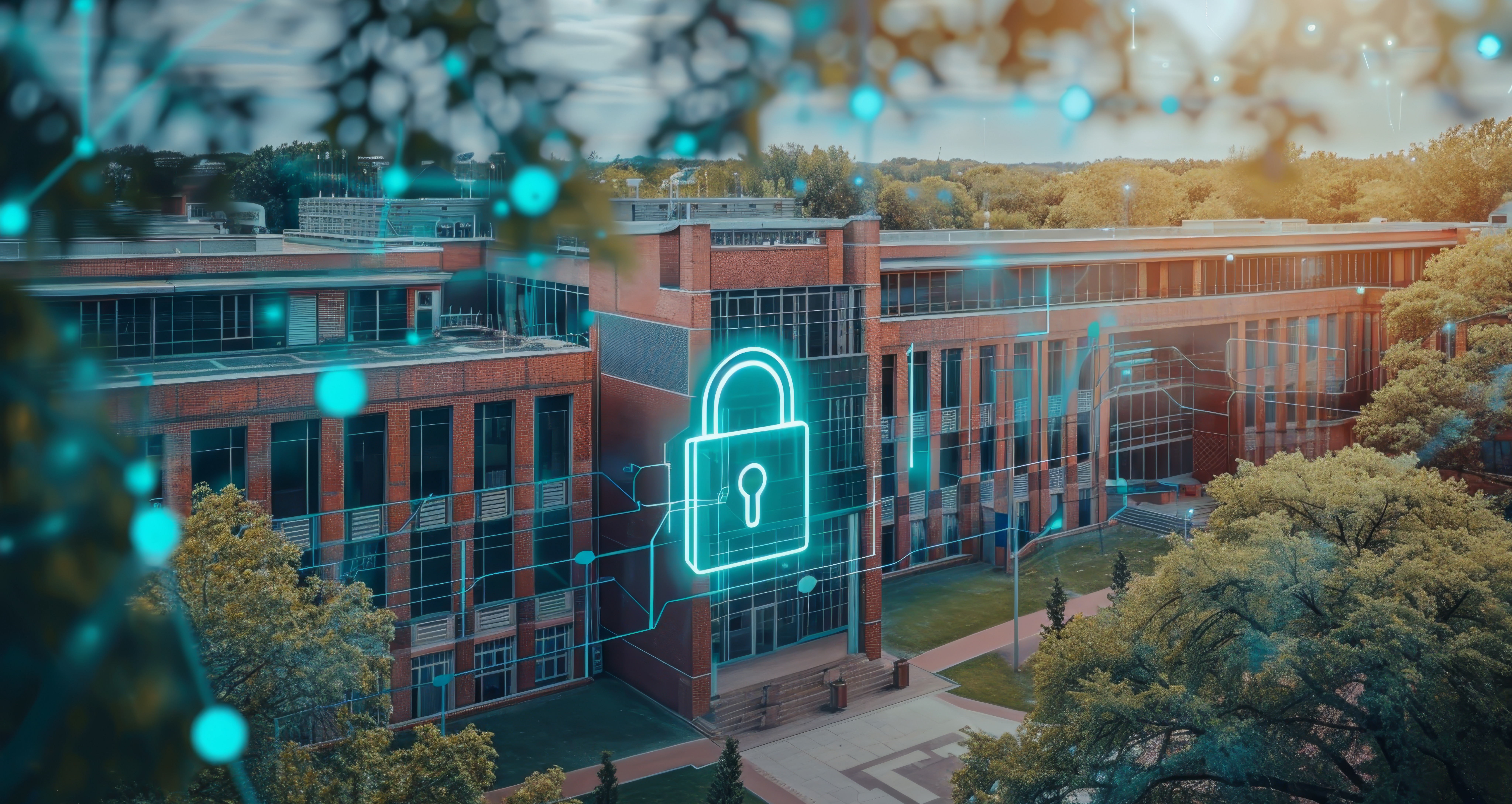
In a world where cyber threats are constantly evolving, ensuring the security of your business and sensitive data is more crucial than ever, especially for businesses in regulated industries such as financial services. The stakes are high, with potential impacts including severe financial losses, reputational damage, and serious regulatory penalties. Advanced cybersecurity solutions like Security Operations Centers (SOC), Managed Detection and Response (MDR), and Cloud Managed Detection and Response (Cloud MDR) are not just beneficial—they are becoming an essential tool against modern and sophisticated threats.
The Essential Roles of SOC, MDR, and Cloud MDR
Security Operations Center (SOC):
A SOC provides continuous monitoring and analysis of an organization’s cybersecurity posture. It acts as the central point for all security monitoring, incident response, and ensures that potential security threats are identified and dealt with promptly. In highly regulated industries, a SOC is not just advantageous but a crucial component for compliance and maintaining data integrity.
Managed Detection and Response (MDR):
MDR services go a step beyond traditional security measures by actively detecting threats and responding swiftly to mitigate them. This proactive approach, leveraging both human and AI resources, minimizes the damage from attacks and helps maintain business continuity. With advanced analytics and threat intelligence, MDR is an indispensable defense mechanism against complex cyber threats.
Cloud Managed Detection and Response (Cloud MDR):
With most SMBs moving to cloud platforms like Microsoft 365 and Google Workspace, securing these environments has become imperative. Cloud MDR provides specialized security tailored to protect cloud-based assets, enabling businesses to enjoy the benefits of cloud computing without compromising their security.
Is Multi-Factor Authentication (MFA) Enough for Cloud-Hosted Email and Applications?
While Multi-Factor Authentication (MFA) is a critical security measure and an excellent starting point for protecting cloud-hosted email and applications, relying solely on MFA may not provide comprehensive security. In today’s cyber environment, where threats are increasingly sophisticated, additional layers of security are essential to protect sensitive data and systems effectively.
The Limitations of MFA
MFA works by requiring users to provide two or more verification factors to gain access to a resource, which significantly enhances security compared to traditional password-only approaches. However, MFA is not foolproof. Here are some limitations:
Phishing Attacks: Sophisticated phishing attacks can sometimes bypass MFA by tricking users into providing their authentication codes or using real-time phishing techniques.
MFA Fatigue: Users bombarded with MFA requests may inadvertently approve a malicious login attempt.
Account Recovery Loopholes: Attackers might exploit account recovery processes that can bypass MFA protections.
The Role of Cloud MDR in Enhancing Security
To address the limitations of MFA and provide a more robust security posture, Cloud MDR plays a pivotal role. Here’s how Cloud MDR can protect your cloud-hosted mailboxes and user accounts:
Advanced Threat Detection: Cloud MDR utilizes sophisticated monitoring and analytics to detect unusual activity that might indicate a breach. For instance, if an authenticated user accesses data in an unusual pattern or volume, it triggers an alert.
Automated Response: Upon detecting a potential security incident, Cloud MDR can automatically take action to contain the breach. This might include revoking access permissions, alerting security personnel, or isolating affected systems to prevent further damage.
Continuous Monitoring: Unlike MFA, which only secures the login process, Cloud MDR provides continuous monitoring of activities within cloud applications and services. This ongoing vigilance helps catch threats that penetrate initial defenses.
Incident Investigation and Remediation: Cloud MDR services include incident response teams who investigate alerts, determine the scope of the breach, and implement remediation strategies. This rapid response limits the impact of breaches and helps in quicker recovery.
Integrating MFA with Cloud MDR for Comprehensive Protection
To maximize protection for cloud-hosted email and applications, integrating MFA with Cloud MDR creates a layered security strategy that compensates for the limitations of each approach. While MFA adds a critical barrier at the entry point, Cloud MDR provides depth by monitoring for signs of compromise and responding swiftly to incidents.
The Critical Need for Advanced Cybersecurity in Regulated Industries
For sectors like financial services, healthcare, and legal, where data breaches can have catastrophic consequences, robust cybersecurity measures are non-negotiable. SOC, MDR, and Cloud MDR not only provide the necessary defenses to protect against cyber threats but also ensure that organizations meet stringent regulatory requirements, protecting customer data and the integrity of their operations.
Case Study: The Real-World Impact of Cybersecurity Breaches
The recent disruption in the automotive industry caused by the CDK Global breach is a compelling case study of the potential consequences of inadequate cybersecurity measures. This incident underscores the importance of adopting advanced security solutions, processes, and user training to mitigate risks and protect business operations.
How SOC, MDR, and Cloud MDR Solutions Protect Your Business
Adopting these advanced cybersecurity solutions provides numerous benefits:
Proactive Threat Detection: Utilizing cutting-edge technology to detect threats early.
Regulatory Compliance: Meeting the strict security standards required in regulated industries.
Scalability and Flexibility: Adapting security measures as your business and the threat landscape evolve.
Expertise and Support: Gaining access to continuous cybersecurity expertise and support.
Conclusion
While modern cybersecurity controls like EDR and MFA provide a solid foundation, the complexity and frequency of cyberattacks today suggest the need for a more layered and dynamic approach to security. Solutions such as SOC, MDR, and Cloud MDR represent advanced strategies that could significantly enhance your organization’s resilience against cyber threats. These tools are particularly worth considering if you are in a regulated industry or handle sensitive information.
Interested in securing your business against modern cybersecurity threats? SOC, MDR, and Cloud MDR are key components of Mentis Group’s comprehensive cybersecurity solutions. Click here to start a conversation.
